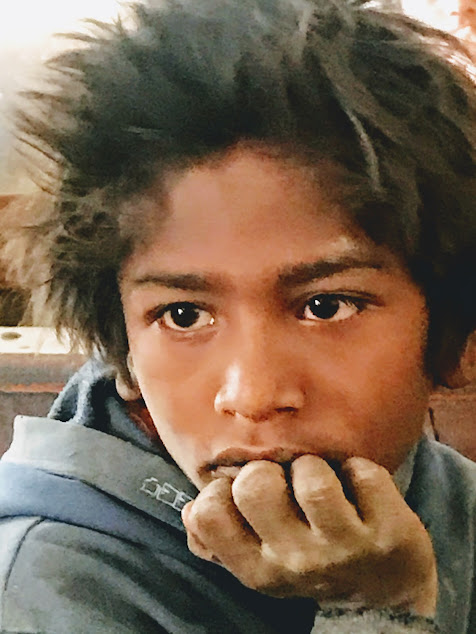The challenge of bringing the enormous number of out-of-school children to schools and reducing dropout rates of school-going children seems ungovernable like the price hikes in the country. The Pakistan Education Statistics (2016/2017) data show that there are currently 22.84 million Out of School Children (OOSC) in the country, and the share of Gilgit – Baltistan is almost 70,000. Besides, the world Bank has estimated a million more children, mostly girls are at risk of dropping out of schools. Consequently, the number may soar from 22.84 to 23.84 million in just one-year time. Additionally, a significant number of children might drop out of private schools, because a cumulative total of almost ten-months fee bills are overdue. As of today, we do not see any significant initiative being taken to improve the quality of education and dealing with the issue of OOSC.
It is
the right time to remind the current government of its promises that appeared
in PM Imran Khan’s inaugural speech on 19th August 2018, he said:
“We will raise the standard of education in the schools and deal with the issue
of 22.5 million out of school children.” An education policy in 2019 has been framed
for the purpose but it does not seem to yield tangible results. The number of OOSC
is on the rise. The new Education Policy Framework 2019is planned to stand on
five pillars; a) National Cohesion b) Effective use of Information c) Improved
Governance and Financial Efficiency of the education system d) Innovate use of
Technology
and e) Active Communication Campaign. Currently, none of the above
seems happening, or if something is happening, is it so classified
information that is not shared with the people?
It is an
established fact that change is a slow process but when it comes to educational
changes, it is even slower. Therefore, there is an urgency, whatever we plan
needs to be done now. Achieving article 25A which "The State shall provide
free and compulsory education to all children of the age of five to sixteen
years in such manner as may be determined by law” seems a daunting task. The
25A article misses one important point that is “Quality”. The article should
have been “The state should provide free, quality and compulsory….”. If quality
is missing from an educational endeavor, it fails to meet the individual, the
country, and universal needs at large. Probably, the quality of education is
directly proportional to the retention rate. You improve the quality of
teaching in schools subsequently, children will see the education’s relevancy
to their daily lives and will expect their livelihood improve, hence, more
children will stay in schools. This way dropout can be reduced.
It is not
only the low quality of teaching and learning, low socio-economic conditions of
the children, lack of accessibility, security concerns, and poor physical
conditions but also the rigid curriculum and timing of the schools that deny
schooling education to children. Why we cannot recognize the fact that learning
happens anywhere and anytime? Why we cannot introduce a culture where everyone
in Madrasahs, Universities, Teacher Training colleges, parks, shopping malls,
workshops, factories, streets, schools, camps, courts, colleges, and hostels learn
any subject any time of the day? Education reforms in the country need to be
dealt with on war footings for which political will and national impetus are the
main ingredients to achieve it.
The pandemic
has further deteriorated the situation. There is a growing fear that in the
intention of bringing families out of economic hardships, more children
especially boys will enter the unskilled labor force. It will not only increase the drop-out ratio
but will also surge child labor which is already alarming and currently, 12. 5 million
children are trapped in child labor according to Pakistan Labour Force Survey
2014 -15. We need to ask ourselves that, do we have the right directions? and
are we catching up with the time.? Irrefutably, time is important because it cannot
wait so does it mean to let the nation deal with its economic crises first and
then get back to deal with education later. It will be an uphill battle for the
current federal and provincial governments to show substantial results in their
remaining tenure when they have not yet initiated
In
conclusion, it is suggested to the federal and provincial governments to a)
government-led initiatives on education should be conveyed to the public in a timely
bases b) be vigilant and keep a close eye on the ever-changing situations of
education, especially during the pandemic c) embark on education reforms as
quickly as possible d) work on short-term and long-term goals simultaneously;
like, forming another Tiger Force like
voluntarily groups for education, e) Introduce innovative ideas to take schools
to the children if we cannot take children to the schools, and, f) Use civil
society, Non – governmental organizations, and private sectors to help in the
education reforms.

Comments